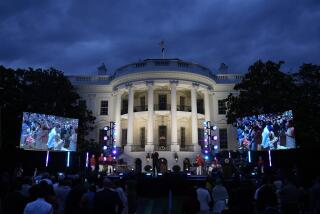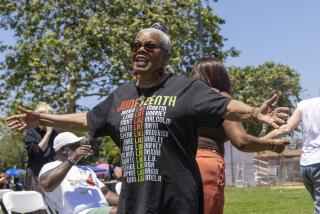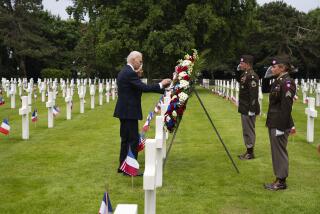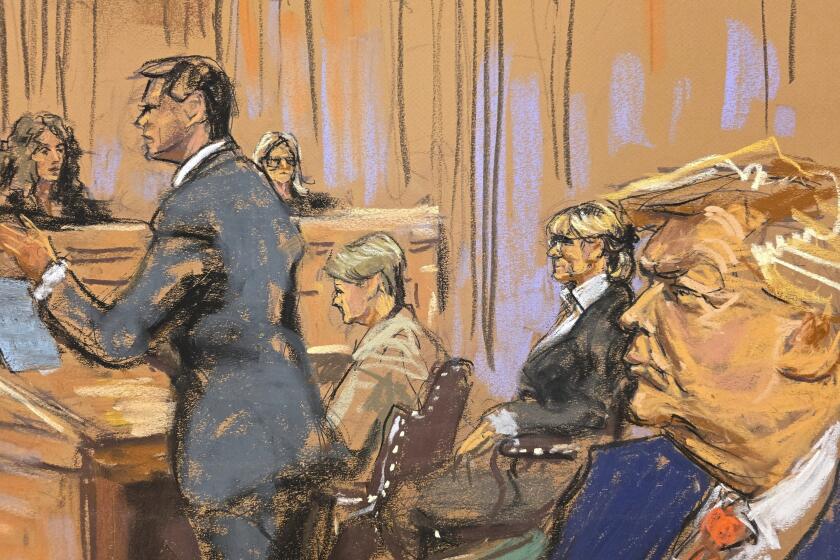Readers React: ‘Warrior culture’ keeps America safe
Scott Martelle expresses a nice sentiment that would work in an ideal world. But in reality, his view is unrealistic. (“If America had a Memorial Day for peace, would the nation be more reluctant to go to war?,” Opinion, May 24)
Martelle’s assumption is that a “warrior culture” is a gratuitous celebration of violence. When peace becomes universal among nations, honoring martial qualities will lose its purpose. The Marines Corps can then evolve into a famous men’s choir and tour the world.
Unfortunately, peace in the world (to the extent it existed) was always based on strength and on the ability to defeat aggressors. Certainly, the 20th and 21st centuries attest to this.
We need to continue honoring those whose skill and dedication keep us safe. The warrior culture is a survival instinct; it needs to continue.
Jack Kaczorowski
Los Angeles
For years I have cringed at the glorification of our military. It is embedded in everything, including the various non-military perks given to service members and veterans.
It is true that this country was born of warfare, but this was once a country of the civilian soldier who only took up arms at great need. Since World War II, we have had a massive standing army, and unsurprisingly we have been happy to use it.
Our military-industrial complex saps more and more of our nation’s resources. Let us “study war no more.”
Erica Hahn
Monrovia
In his excellent piece, Martelle neglects to mention that the early celebration of Memorial Day after the Civil War — then called Decoration Day, as Martelle notes — has its roots in an African American tradition.
On May 1, 1865, former slaves in Charleston, S.C., honored 257 dead Union soldiers who had been buried in a mass grave in a Confederate prison camp. They did so to memorialize the heroic effort of these soldiers, who fought for their freedom from a life of slavery.
The soldiers’ bodies were dug up and given proper burials as an expression of gratitude, in a parade ceremony of more than 10,000 people, led by 2,800 black children who marched, sang and celebrated.
This is just one example of how an ethnic tradition becomes a part of mainstream culture, though not acknowledged as such.
Alex J. Norman
Long Beach
More to Read
A cure for the common opinion
Get thought-provoking perspectives with our weekly newsletter.
You may occasionally receive promotional content from the Los Angeles Times.










